
- The Visionary Design of Gaudí: Understanding the Purpose Behind the Sagrada Familia
- Exploring the Religious Significance of the Sagrada Familia’s Architecture
- How the Sagrada Familia Reflects Gaudí's Unique Artistic Philosophy
- The Cultural and Historical Context of the Sagrada Familia's Construction
- The Symbolism in the Sagrada Familia: Decoding Gaudí's Masterpiece
- Why the Sagrada Familia Remains a Testament to Faith and Innovation
The Sagrada Familia, an iconic basilica in Barcelona, stands as a testament to the visionary genius of architect Antoni Gaudí. Its construction began in 1882 and has continued for over a century, sparking intrigue about the underlying motivations for its ambitious design and purpose.
In exploring Why Sagrada Familia Was Built: Unraveling the Fascinating Purpose Behind Gaudí's Masterpiece, we delve into a rich tapestry of religious devotion, artistic expression, and societal aspiration that influenced Gaudí’s work. This architectural wonder is not merely a structure; it embodies a deep spiritual mission that resonates with visitors from all corners of the globe.
The Visionary Design of Gaudí: Understanding the Purpose Behind the Sagrada Familia
Antoni Gaudí’s design for the Sagrada Familia is a reflection of his profound spiritual beliefs and his desire to create a space that transcends the ordinary. Each element of the basilica, from its towering spires to its intricate facades, serves a purpose rooted in biblical symbolism. Gaudí envisioned a structure that would narrate the story of Christianity, inviting visitors to engage with its spiritual message through architectural artistry.
One of the key aspects of Gaudí's visionary design lies in his innovative use of nature as an inspiration. He believed that architecture should harmonize with the natural world, which is evident in the organic forms and shapes throughout the Sagrada Familia. This approach is reflected in various elements, such as:
- Tree-like columns that support the nave
- Colorful stained glass that mimics sunlight filtering through leaves
- Curvilinear shapes that evoke natural forms
Furthermore, the structure is designed to evoke a sense of awe and contemplation. Gaudí incorporated light and shadow as integral components of the experience within the basilica. The strategic placement of windows and skylights creates a dynamic interplay of light, enhancing the emotional and spiritual ambiance. This thoughtful design invites visitors to pause and reflect on their own beliefs, making the Sagrada Familia not just a place of worship, but a transformative experience.
In summary, Gaudí’s visionary design for the Sagrada Familia is a masterful blend of art, spirituality, and innovation. The basilica serves as a lasting legacy of his commitment to creating a sacred space that inspires and uplifts. As construction continues, each completed detail brings us closer to realizing Gaudí’s dream, ensuring that his architectural masterpiece will endure for generations to come.
Exploring the Religious Significance of the Sagrada Familia’s Architecture
The architecture of the Sagrada Familia is deeply rooted in its religious significance, serving as a visual representation of the Christian faith. Each façade and element is meticulously crafted to convey biblical stories and themes, creating a narrative that guides visitors through the life of Jesus Christ. This profound connection to spirituality transforms the basilica into a living testament of faith, inviting reflection and contemplation.
A key feature of the Sagrada Familia's religious architecture is its use of symbolism. The basilica incorporates various elements that resonate with Christian beliefs, including:
- The Nativity façade, celebrating the birth of Christ
- The Passion façade, depicting the suffering and crucifixion
- The Glory façade, representing the resurrection and the eternal life
Gaudí also emphasized the importance of light in his designs, viewing it as a divine element that enhances the spiritual experience. The way sunlight filters through the colorful stained glass creates a kaleidoscope of colors within the interior, symbolizing the presence of the Holy Spirit. This dynamic interplay of light reinforces the lively essence of faith, making each visit a unique encounter with the divine.
Ultimately, the Sagrada Familia stands not merely as an architectural marvel but as a sanctuary of spirituality. Gaudí’s intention was to create a space that fosters a connection between the sacred and the secular, allowing visitors to engage with their own beliefs. It is this blend of artistic vision and religious purpose that solidifies the Sagrada Familia's place as a monumental masterpiece within the realm of spiritual architecture.
How the Sagrada Familia Reflects Gaudí's Unique Artistic Philosophy
Gaudí's unique artistic philosophy is intricately woven into the fabric of the Sagrada Familia, reflecting his belief that architecture should be an extension of nature. He viewed this basilica as a living organism, where each element is interconnected and purposeful. This concept is evident in the following aspects:
- Use of organic shapes that mimic natural forms
- Integration of natural light to enhance spiritual experiences
- Incorporation of intricate details that invite exploration and contemplation
Another critical aspect of Gaudí's philosophy is the fusion of architecture with artistry. He believed that every architectural element should be a work of art, contributing to the overall narrative of the Sagrada Familia. This is particularly noticeable in:
- The elaborate sculptures adorning the façades
- Custom-designed furniture and fixtures within the basilica
- The harmonious color palette that reflects the changing seasons
Additionally, the Sagrada Familia embodies Gaudí's innovative approach to structural integrity. He pioneered the use of hyperbolic paraboloids and catenary arches, allowing for unprecedented height and stability. These engineering marvels not only serve a practical function but also create a sense of awe, aligning with his vision of a space that inspires spiritual reflection.
Ultimately, Gaudí's artistic philosophy transforms the Sagrada Familia into more than just a building; it becomes a testament to the profound relationship between faith, nature, and human creativity. Each visit offers a unique opportunity to engage with Gaudí’s vision, inviting all who enter to reflect on the deeper meanings behind this extraordinary masterpiece.
The Cultural and Historical Context of the Sagrada Familia's Construction
The construction of the Sagrada Familia took place during a time of significant cultural and historical transformation in Spain. The late 19th and early 20th centuries were marked by the modernisme movement, which sought to break away from traditional architectural styles in favor of innovative designs that celebrated individual expression. This period encouraged architects like Antoni Gaudí to blend art and spirituality in their work, paving the way for the Sagrada Familia to emerge as a unique representation of this artistic revolution.
During the era of the basilica’s inception, Barcelona was experiencing rapid industrial growth and social change. The city was becoming a hub for artistic and cultural exchanges, attracting a diverse range of thinkers and artists. Gaudí’s vision for the Sagrada Familia was not only a reflection of his personal beliefs but also a response to the growing interest in religious architecture at the time. This context influenced his goal of creating a structure that would serve both as a place of worship and as a point of civic pride.
Moreover, the Sagrada Familia was commissioned by the Society of Devotees of Saint Joseph, reflecting the Catholic Church's desire to create a monumental temple that would inspire faith and devotion among the people. The project evolved amid various socio-political challenges, including the Spanish Civil War, which interrupted its progress and led to the loss of many of Gaudí's original plans. Despite these obstacles, the continued construction of the basilica has become a symbol of resilience and dedication to the vision that Gaudí laid out.
Today, the Sagrada Familia stands as a testament to the complex interplay of cultural, religious, and historical narratives that have shaped its identity. It remains a vibrant focal point for tourists, believers, and artists alike, embodying the spirit of innovation that characterized its origins. As work continues towards its completion, the basilica encapsulates the enduring legacy of Gaudí’s artistic genius within the broader tapestry of Barcelona's history.
The Symbolism in the Sagrada Familia: Decoding Gaudí's Masterpiece
The Sagrada Familia is imbued with a rich tapestry of symbolism that reflects Gaudí's deep-rooted spiritual beliefs and artistic vision. Each façade is designed to convey specific narratives, drawing from the life of Jesus Christ and broader Christian themes. This profound connection to spirituality transforms the basilica into a living testament of faith, inviting visitors to experience the divine through its intricate details and structural forms.
One of the most striking aspects of the Sagrada Familia is its three main façades, each representing a critical phase of Christ's life. The Nativity façade celebrates the birth of Jesus, adorned with playful and joyous figures, while the Passion façade depicts the suffering and crucifixion, characterized by stark and somber forms. Finally, the Glory façade symbolizes the resurrection and eternal life, showcasing a radiant and uplifting design that points heavenward, emphasizing the promise of salvation.
Moreover, Gaudí ingeniously incorporated light as a spiritual element within the Sagrada Familia. The vibrant stained glass windows create a mesmerizing display of color as sunlight filters through, reminiscent of the divine presence. This intentional use of light not only enhances the aesthetic experience but also serves as a metaphor for the Holy Spirit, allowing visitors to experience a profound sense of connection to the sacred.
Ultimately, the Sagrada Familia stands as a multifaceted symbol of faith, artistry, and innovation. Gaudí's masterful blend of religious themes and natural forms encourages contemplation and introspection, making each visit a unique journey through the intersecting worlds of spirituality and creativity. This architectural marvel invites all who enter to reflect on their own beliefs and the broader narratives of humanity, solidifying its status as a monumental masterpiece.
Why the Sagrada Familia Remains a Testament to Faith and Innovation
The Sagrada Familia remains a profound testament to faith and innovation, embodying the spiritual aspirations of its creator, Antoni Gaudí. This architectural masterpiece is not just a church; it serves as a bridge between the divine and the earthly, where intricate details and monumental forms inspire awe. The use of innovative techniques and materials highlights Gaudí’s desire to create a structure that resonates with both believers and visitors, making it a focal point of spiritual reflection.
One of the most striking elements that contribute to the Sagrada Familia's significance is its blend of technology and artistry. Gaudí implemented pioneering construction methods that were ahead of his time, such as:
- Hyperbolic paraboloids for structural integrity
- Natural light manipulation to enhance spiritual experience
- Use of catenary arches to achieve soaring heights
Additionally, the basilica serves as a cultural icon, reflecting the historical journey of Barcelona. Its ongoing construction signifies the resilience of faith and creativity, marking it as a symbol of hope and dedication amidst challenges. As each new section is completed, it not only honors Gaudí's vision but also invites future generations to participate in its evolving narrative.
Ultimately, the Sagrada Familia stands as an enduring symbol of faith, creativity, and innovation. Its architectural beauty and spiritual depth encourage visitors to engage with their beliefs while celebrating the artistic legacy that Gaudí has left behind. As the basilica nears completion, it promises to remain a beacon of inspiration for all who seek to explore the relationship between the sacred and the innovative.
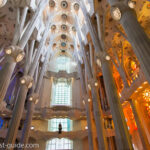 How Far is Sagrada Familia from Barcelona Cruise Port? | A Complete Guide
How Far is Sagrada Familia from Barcelona Cruise Port? | A Complete Guide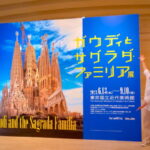 Discover the Marvels of Sagrada Familia in Barcelona!
Discover the Marvels of Sagrada Familia in Barcelona!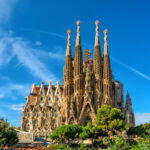 The Majestic Sagrada Familia in Barcelona: A Guide in English
The Majestic Sagrada Familia in Barcelona: A Guide in English Why Sagrada Familia Was Built: Unveiling the Secrets Behind Gaudí's Masterpiece
Why Sagrada Familia Was Built: Unveiling the Secrets Behind Gaudí's Masterpiece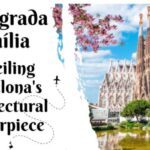 The Enchanting Saga of Sagrada Familia: Unveiling the Architectural Masterpiece
The Enchanting Saga of Sagrada Familia: Unveiling the Architectural MasterpieceIf you want to know other articles similar to Why Sagrada Familia Was Built: Unraveling the Fascinating Purpose Behind Gaudí's Masterpiece you can visit the category WHERE YOU CAN GO.
Deja una respuesta

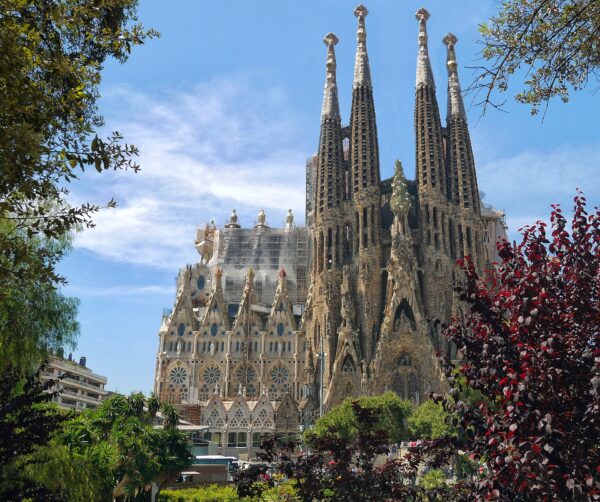
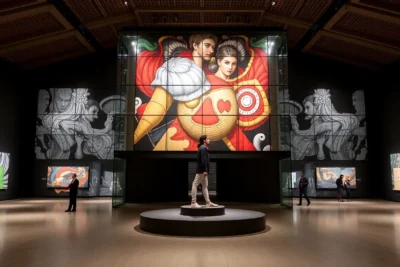
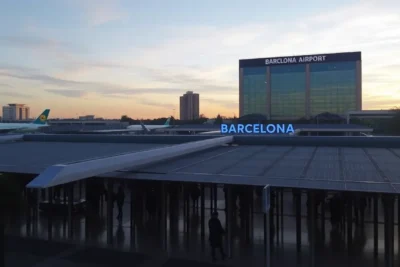

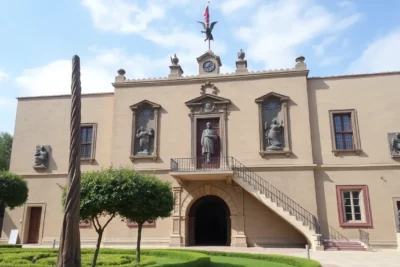
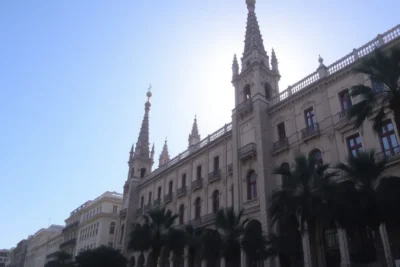
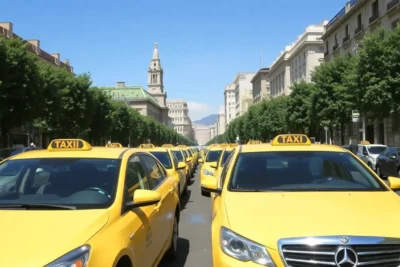
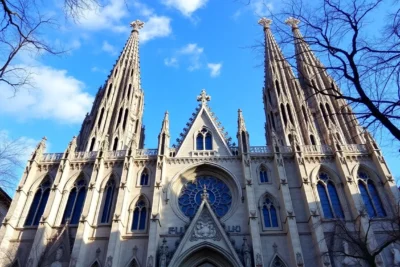
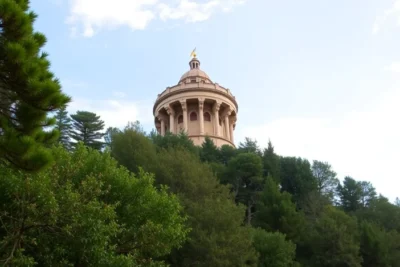
Read more!